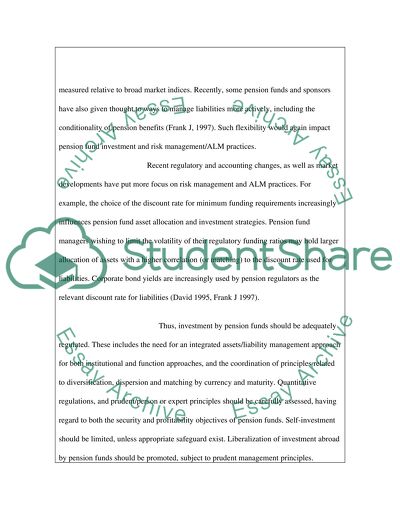Cite this document
(“Asset Liability Management for Pension Fund Article”, n.d.)
Asset Liability Management for Pension Fund Article. Retrieved from https://studentshare.org/sociology/1516636-asset-liability-management-for-pension-fund
Asset Liability Management for Pension Fund Article. Retrieved from https://studentshare.org/sociology/1516636-asset-liability-management-for-pension-fund
(Asset Liability Management for Pension Fund Article)
Asset Liability Management for Pension Fund Article. https://studentshare.org/sociology/1516636-asset-liability-management-for-pension-fund.
Asset Liability Management for Pension Fund Article. https://studentshare.org/sociology/1516636-asset-liability-management-for-pension-fund.
“Asset Liability Management for Pension Fund Article”, n.d. https://studentshare.org/sociology/1516636-asset-liability-management-for-pension-fund.


